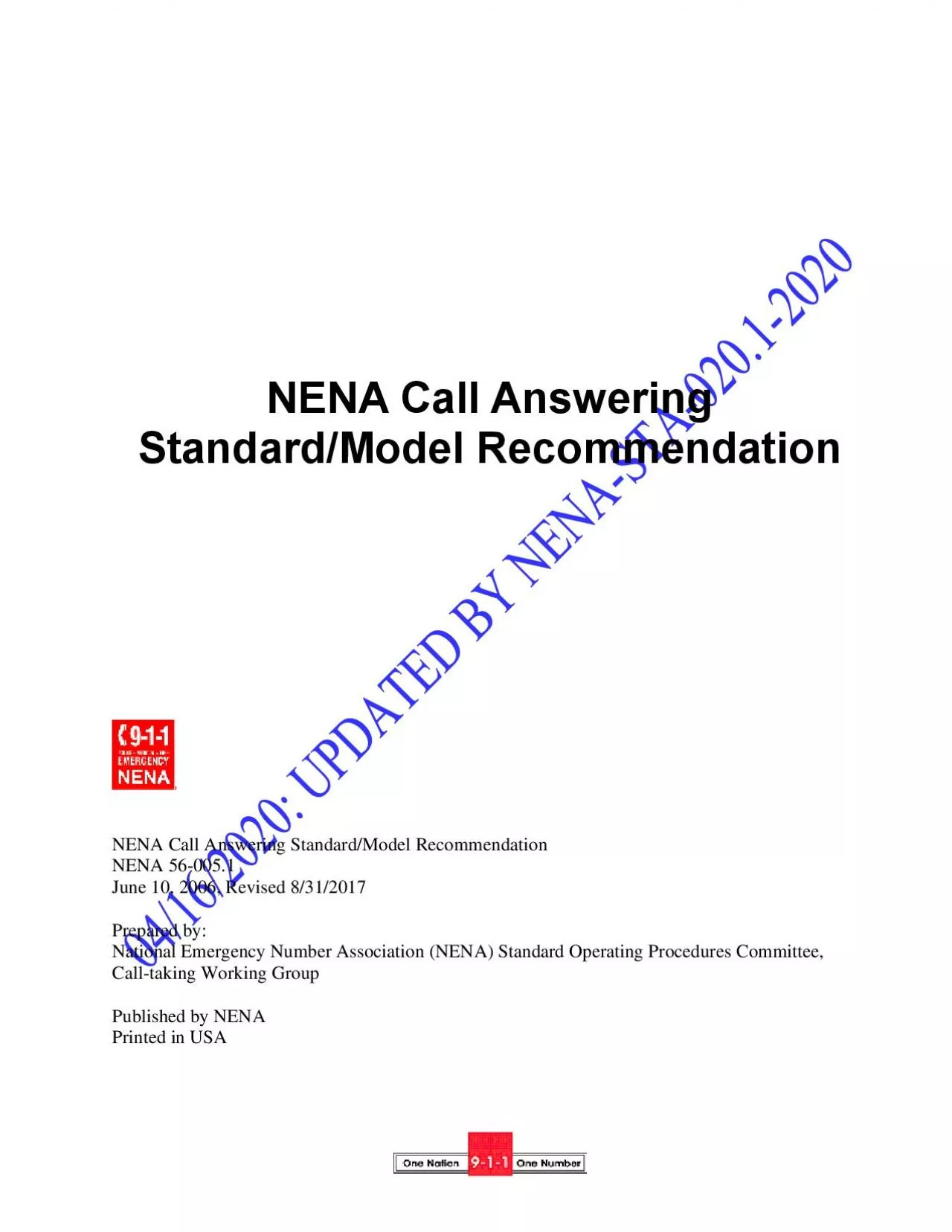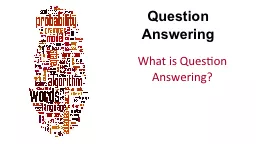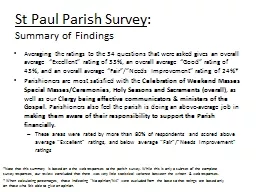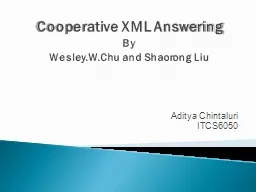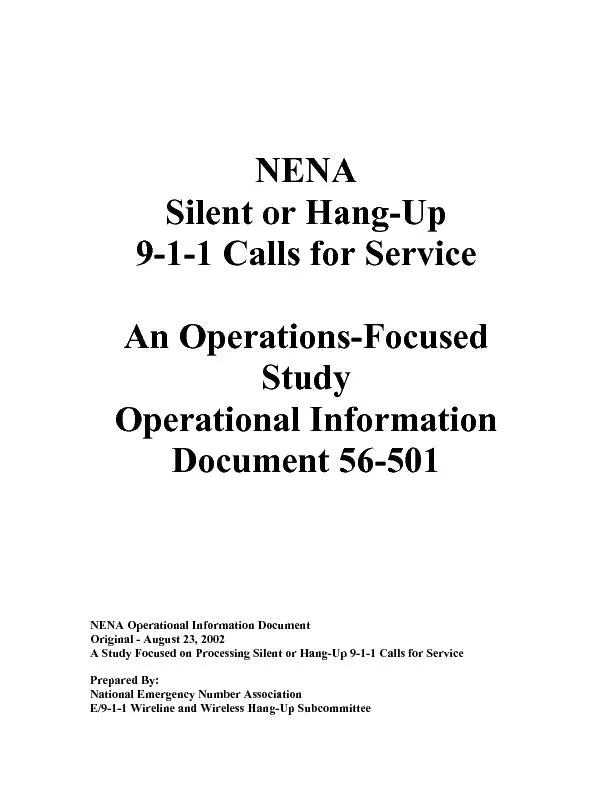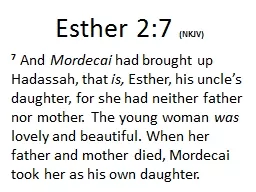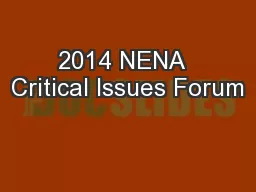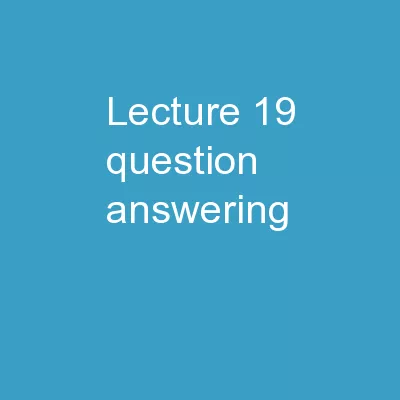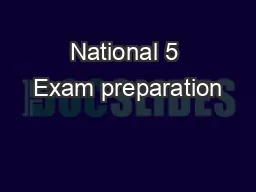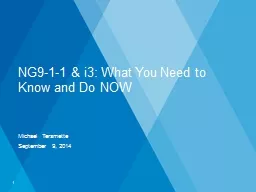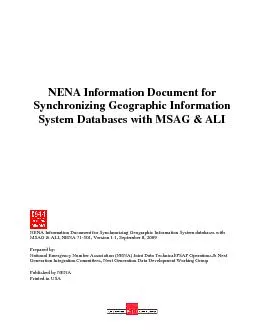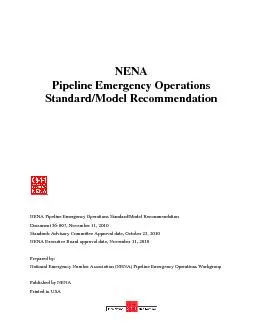PDF-NENA Call Answering
Author : ani | Published Date : 2020-12-07
StandardModel Recommendation NENA Call Answering StandardModel Recommendation NENA 56 0 05 1 June 10 2006 Revised 8312017 Prepared by National Emergency Number
Presentation Embed Code
Download Presentation
Download Presentation The PPT/PDF document "NENA Call Answering" is the property of its rightful owner. Permission is granted to download and print the materials on this website for personal, non-commercial use only, and to display it on your personal computer provided you do not modify the materials and that you retain all copyright notices contained in the materials. By downloading content from our website, you accept the terms of this agreement.
NENA Call Answering: Transcript
Download Rules Of Document
"NENA Call Answering"The content belongs to its owner. You may download and print it for personal use, without modification, and keep all copyright notices. By downloading, you agree to these terms.
Related Documents

